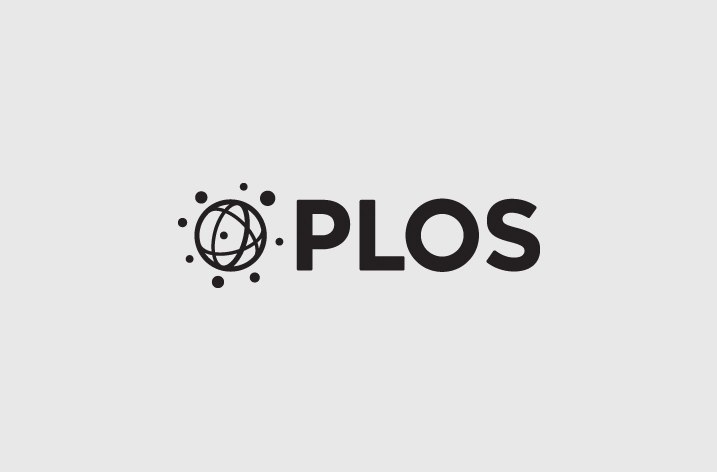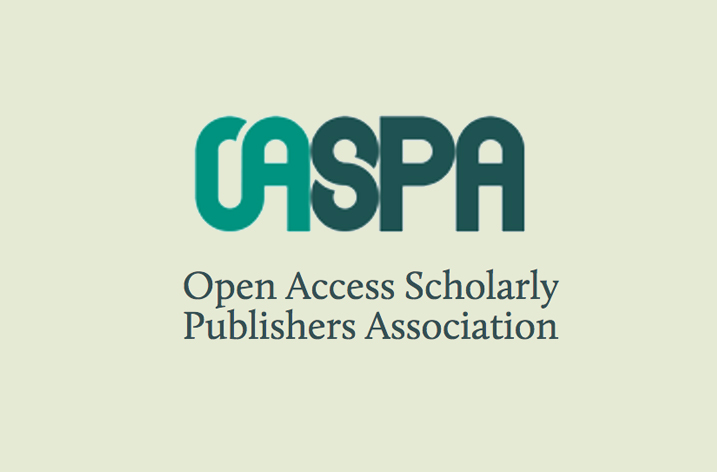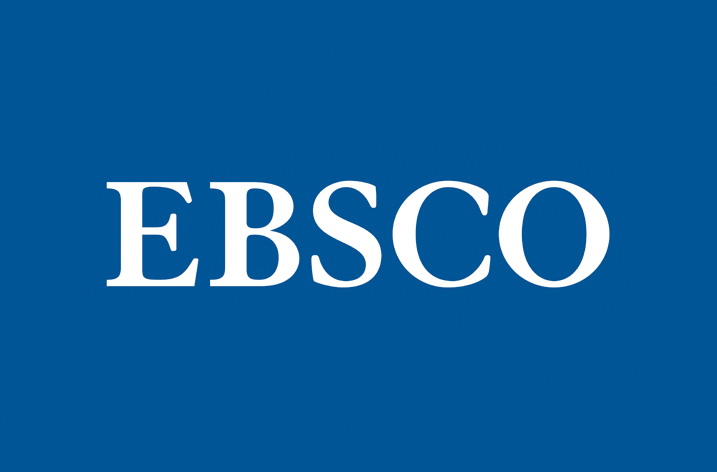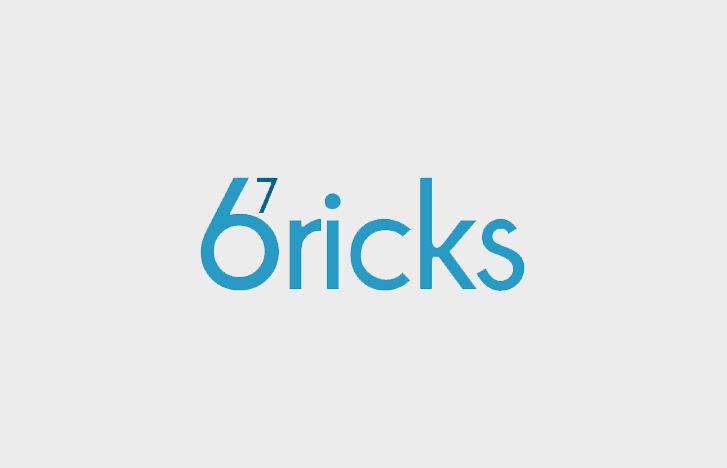
In a new report, a group convened by the US National Academy of Sciences and including a dozen journal editors reflects on authorship guidelines and recommends new ways to make author contributions more transparent.
What does it mean to be author number seven on a twenty-five–author article? Establishing transparency for each author’s role in a research study is one of the recommendations in a report (http://www.pnas.org/content/early/2018/02/26/1715374115) published in the Proceedings of the National Academy of Sciences by a group led by Marcia McNutt, President of the National Academy of Sciences. The recommendations were adapted based on community feedback and peer review from an original draft presented as a preprint (https://www.biorxiv.org/content/early/2017/05/20/140228). PLOS supports the recommendations for increased transparency and has already put some of them in practice.
A more systematic description of author contributions is a prerequisite to providing due credit for roles that are instrumental to the research enterprise, especially those roles that are too often ignored or devalued. For example, collecting, curating and sharing a dataset or developing a new methodological approach that can be reused by others are key contributions that may not always land a ‘first author position’ but have applications beyond a single article and deserve recognition.
Transparency also brings more accountability to a system where questionable and even detrimental practices (such as guest, ghost or conscripted authorship) have been documented. While transparency requirements cannot entirely eliminate abuse, transparent description of individual author contributions can deter inaccurate representations and can expose institutionalized authorship practices that should be questioned.
Paradoxically, a concern often heard about emphasizing contributions is that they risk diluting individual author responsibility for the overall integrity of a study. The recommendations address this concern by stipulating authorship standards that require each author to be “personally accountable for [their] own contributions and to ensure that questions related to the accuracy or integrity of any part of the work, even ones in which the author was not personally involved, are appropriately investigated, resolved, and the resolution documented in the literature.” Thus, having one’s contributions precisely described does not absolve any author of responsibility for the accuracy and rigor of the entire study.
The paper also recommends mechanisms by which publishers can bring a minimum level of standardization to the description of author contributions. In particular, the group advocates for the implementation of ORCID identifiers and the CRediT taxonomy as emerging standards in the industry.
On a new website (http://www.nasonline.org/about-nas/Transparency_Author_Contributions.html) the report’s authors commit to reflect upon and improve current authorship guidelines and practices at the journals they represent, and they encourage other journals to do the same. Such introspection and subsequent discussion are timely, as research studies are increasingly large-scale and multi-disciplinary affairs. As more work goes into providing due credit for scholarly contributions like methods development, data collection and data sharing, transparency in authorship roles should advance in tandem.
To read more about the recommendations, visit the Official PLOS Blog at http://blogs.plos.org/plos/2018/02/guidelines-transparency-for-author-contributions/.























